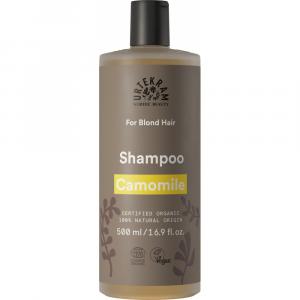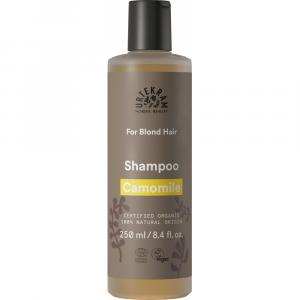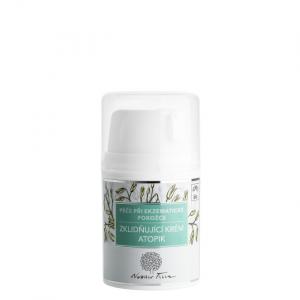Yellow chamomile (Ormenis multicaulis)
Other names: Moroccan Chamomile, Ormenis mixta, Chamaemelum mixtum, Anthemis mixta, Ormenis Multicaulis, Clandanthus mixtus
Harm score: 1 (Natural substances)
Yellow chamomile, also known as Moroccan chamomile, Ormenis mixta, Chamaemelum mixtum, Anthemis mixta, Ormenis Multicaulis or Clandanthus mixtus, is a plant native to North Africa - hence its name Moroccan chamomile. The plant is particularly popular for its aromatic properties, which are fully developed during the summer when this herb flowers. The growth of this chamomile is relatively low, up to about half a metre, and its flowers are yellow with white petals.
The uses of this chamomile are manifold. In the cosmetic industry, it is mainly used to make various creams, balms, oils or shampoos. The essential oil obtained from this plant has a delicate, floral scent and is widely used in aromatherapy. In addition, yellow chamomile is also used in the pharmaceutical industry. Its extracts are found in various ointments, creams and tinctures and are characterised by their beneficial effects on the skin. Yellow chamomile is thus a natural remedy for soothing the skin, relieving itching and promoting the healing of small wounds. It is also widely used in acne or eczema preparations. Thanks to its antiseptic and anti-inflammatory effects, it is also suitable for topical treatment of minor abrasions, burns or insect bites. As a medicinal herb, this chamomile is also used for indigestion or colds.
Yellow chamomile (Ormenis multicaulis) can be found in the following products

Baby shampoo 250ml BIO, VEG
Product detail
Chamomile shampoo 500ml BIO, VEG
Product detail
Chamomile shampoo - blonde hair 250ml BIO, VEG
Product detail